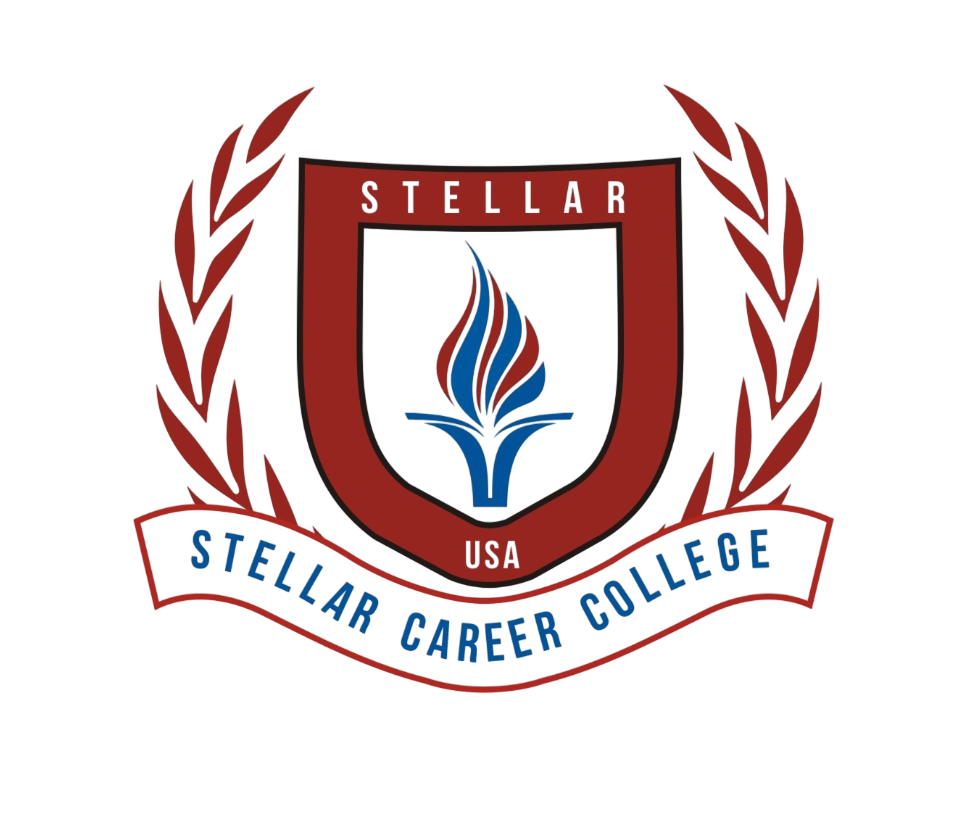
Key Benefits of Trade school
Are you looking to enhance your skills or education, but find that a traditional four-year degree is not flexible enough? If so, attending a trade school may be the best option. Vocational degrees take less time and provide hands-on experience that prepares you for immediate employment.
In this guide, we will explore what trade schools are, their advantages and disadvantages, and how they compare with other educational paths.
What is a Trade School?
A trade school—also known as a vocational or technical school—is a post-secondary institution designed to prepare students for a specific occupation. Unlike four-year colleges that emphasize theory, trade schools focus on technical and communication skills that employers demand.
Programs cover fields such as:
- Electrician training
- HVAC and AC technician
- Computer operations
- Dental assisting
- Sterile processing technician
- Veterinary assisting
- Administrative support
Program lengths vary, but most range from eight months to two years. While a four-year college results in a bachelor’s degree, trade schools award a diploma or certificate that confirms program completion.
Educational Outcomes
After completing a trade school program, students can directly enter the workforce. For example, graduates of a medical assisting program are immediately eligible to work as medical assistants.
Common careers for trade school graduates include:
- Electrician
- Dental hygienist
- Plumber
- Nurse
- Office clerk
- Graphic designer
- Computer technician
- Marine mechanic
- Construction manager
- Massage therapist
- Surgical technologist
- Pharmacy technician
As a result, students benefit from a faster path to stable employment.

Trade Schools vs. Community Colleges vs. Four-Year Colleges
Before deciding, it is essential to compare your options.
Trade School
- Duration: up to 2 years
- Focus: Practical skills and hands-on training
- Outcome: Diploma or certificate; eligibility for certification exams
- Advantage: Faster entry into high-demand jobs
Community College
- Duration: 2 years
- Outcome: Associate degree, diploma, or certificate
- Admission: Requires high school education or age 18+
- Pathway: Can transfer credits toward a bachelor’s degree
Four-Year Colleges
- Duration: 4 years (sometimes 5–6 years)
- Outcome: Bachelor’s degree, with options for graduate school
- Focus: Academic learning over practical experience
- Pathway: Leads to advanced careers in medicine, law, research, or academia
In short, trade schools emphasize job-ready skills, while colleges provide broader academic foundations.

Advantages of Trade Schools
Flexible Timing
Trade schools allow flexible scheduling and shorter study durations—usually 8 months to 2 years. Therefore, students can enter the job market faster, save money, and avoid long-term loans.
No Traditional Admission Barriers
Application requirements are less demanding compared to four-year colleges. Consequently, students who want quick enrollment find trade schools more accessible.
Hands-on Training
Unlike many degree programs, trade schools prioritize practical learning. This means graduates are work-ready immediately after completing their program.
Disadvantages of Trade Schools
Limited College Experience
Trade schools rarely offer extracurricular activities, sports, or social clubs. In contrast, four-year colleges provide a vibrant campus life with events, parties, and broader social interaction.
Job Flexibility
Trade school programs prepare students for specific careers. As a result, options are more limited compared to a bachelor’s degree, which opens doors to diverse fields such as sales, education, management, and consulting.
Further Education
Graduates of four-year colleges can pursue advanced degrees, which often lead to higher salaries and job security. On the other hand, trade school graduates typically cannot transition directly into graduate programs without additional coursework.
Your Choice: Trade School or Four-Year College?
Choosing between a trade school and a four-year college depends on your goals, finances, and time. If you need fast employment and want to avoid heavy student loans, a trade school is the best option. However, if you prefer long-term academic opportunities, research, or advanced professional degrees, a four-year college may be the right choice.
Ultimately, both paths offer value—your decision should align with your career vision.

How to Apply to a Trade School
Applying to trade schools is simple. Most institutions allow online applications, while others require in-person submission. In many cases, there are no strict deadlines, so you can apply at any time. After applying, schools often invite you for an interview to answer your questions and guide you toward the right program.
Therefore, once you understand your career interests, the next step is to apply and start your journey.
For more details, contact us at (312) 687-3000 or email admissions@stellarcollege.edu.

